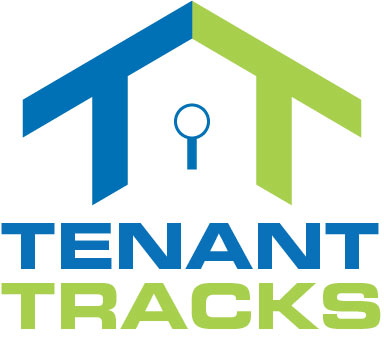The traditional rental landscape is shifting. While long-term leases (12+ months) have been the standard for decades, a growing demand for flexible, furnished housing has created a new and profitable niche: the mid-term rental market. Ranging from one to 12 months, these rentals cater to a diverse clientele, including traveling nurses, corporate relocations, film crews, and families displaced by home renovations or insurance claims.
For Connecticut landlords, this market presents a compelling opportunity, but it also comes with unique challenges that require a different approach from traditional leasing or short-term vacation rentals.
What Defines a Mid-Term Rental?
A mid-term rental sits in the legal gray area between a hotel stay and a long-term tenancy. In Connecticut, a key distinction is often the length of stay. While short-term rentals (typically less than 30 days) are subject to specific lodging or occupancy taxes and often local municipal ordinances, a rental that lasts for a month or more is generally considered a landlord-tenant relationship and falls under the purview of Connecticut General Statutes, Title 47a, Chapter 830, “Rights and Responsibilities of Landlord and Tenant.” This is a crucial distinction, as it means the tenant is entitled to the full range of protections and rights afforded by state law, including the right to a habitable living space, proper notice for entry, and due process for eviction.
The Advantages of the Mid-Term Market
- Higher Monthly Income: Mid-term rentals, especially those that are fully furnished and include utilities, can often command a higher monthly rate than a traditional unfurnished lease. This premium compensates for the higher turnover and additional amenities.
- Wider Tenant Pool: Catering to a specific, professional clientele can lead to more reliable tenants. Many mid-term renters have their housing subsidized or paid for by their employers, which can mitigate the risk of late or missed payments.
- Flexibility: Landlords can adjust their pricing and terms based on market demand and seasonality. This model allows you to increase rates during peak seasons for traveling professionals and adjust as needed.
- Reduced Wear and Tear: While turnover is higher, the short duration of each tenancy often means less wear and tear than a long-term tenant who lives in the unit for several years.
Unique Challenges and Key Considerations
- Furnishing and Utilities: To attract mid-term renters, your property must be fully furnished and equipped with essentials. You’ll also need to manage all utilities, including electricity, gas, water, and high-speed internet, which adds to your administrative burden.
- Higher Turnover and Administrative Work: A mid-term rental has more frequent tenant changeovers than a long-term lease. This means more frequent cleaning, restocking, and administrative work related to background checks and lease agreements.
- Market-Specific Platforms: You will need to market your property on specialized platforms like Furnished Finder or corporate housing websites, in addition to traditional rental sites.
- Legal and Regulatory Nuances: While the state’s landlord-tenant laws apply, you must be meticulous in your documentation. A month-to-month lease or a lease with a specific term of a few months must be carefully drafted to protect your interests. For example, a clear understanding of the “notice to quit” requirements for these shorter terms is vital.
- Liability and Insurance: You must ensure your landlord insurance policy covers mid-term rentals, which often have different liability risks than long-term rentals. A standard homeowner’s policy will not suffice.
Conclusion: A Strategic Approach to a Growing Market
The mid-term rental market in Connecticut offers a lucrative opportunity for landlords willing to adapt their strategy. By understanding the distinction between a long-term lease and a mid-term stay, carefully preparing your property, and implementing a robust screening and management process, you can tap into this growing demand. Just like any other property investment, success in the mid-term market comes down to diligent research, thorough preparation, and a commitment to professional management.








